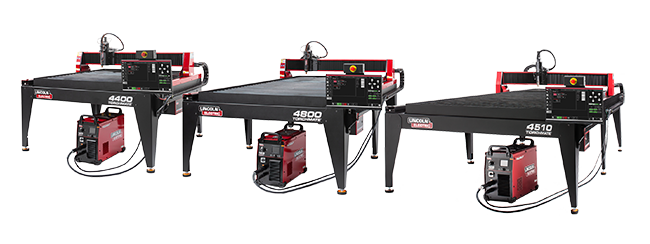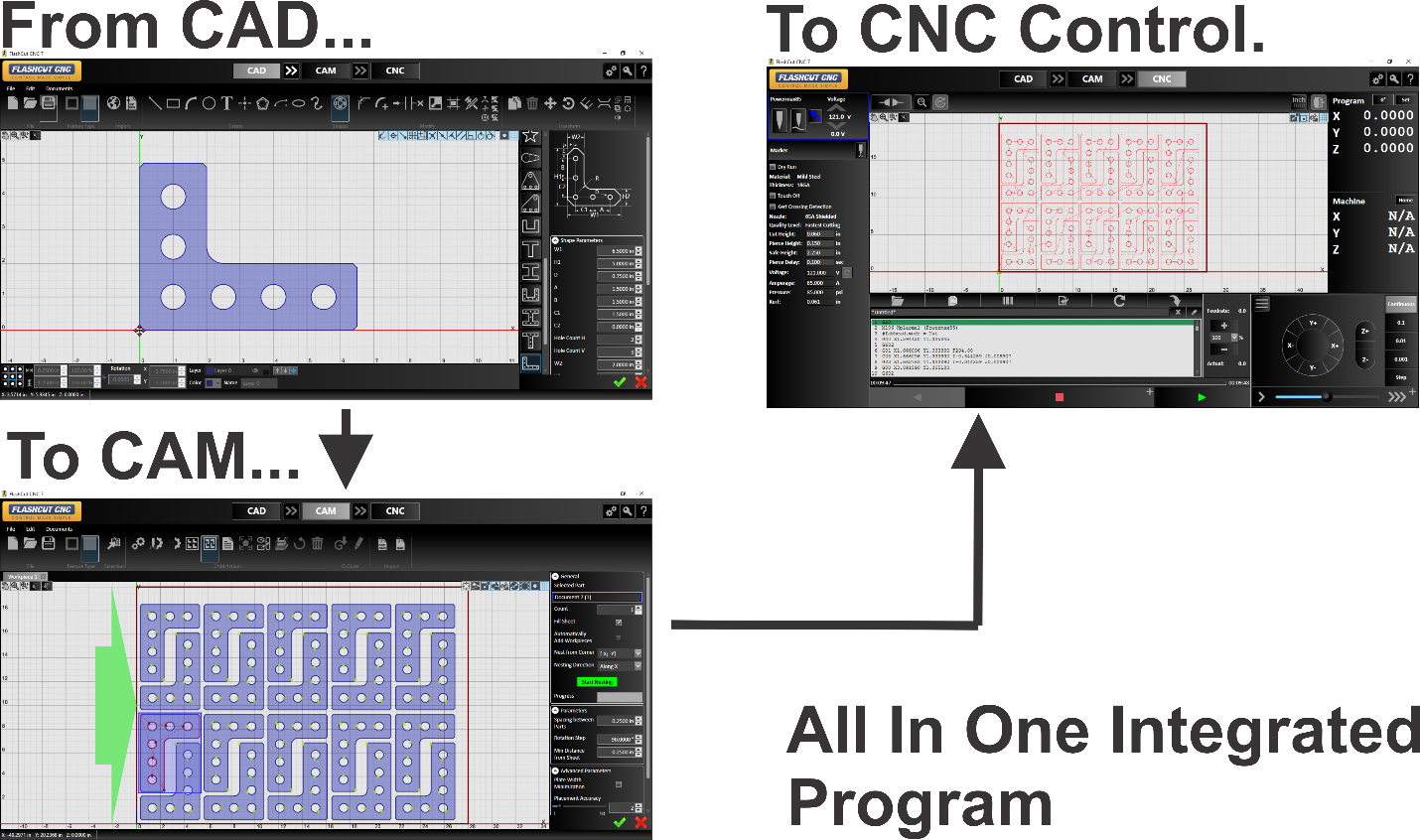

I think the workshop you're putting on, is a great idea, but I don't see mself being able to get outa work long enough to participate. So I'm stuck only being able to try to learn it when I have time, so it's gonna be a long process, lol. I took 1 semester of ProEngineering and AutoCAD2011, which both put together, since it is very similar to Rhino, just to get some knowledge of the software.Then once I went back to work, I haven't had enough time to figure out how to use the CAM part for plasma(box stock set-up, tool library set-up, etc.) There's only 1tutorial that ive found, and it's onMecSoft's website with no audio.

I've got the original cds for the version: RhinoCAD 3D v3 w/ Flamingo and RhinoCAM 1.0. But nobody has needed this yet so its never been formalised.That's the problem with my Rhino, it's not liscensed to me, but it's fully functional. If another tool was added such as a drilling head or a router, I always envisaged it would be used as Spindle $3 and the precedent set for the scribe was followed.

When spotting was added, it seemed to make sense to select it with the $2 spindle as it was a way to tell Plasmac we were using the torch in a different way to $0. Setting the offsets to the scribe in the tool library using T1 was the simplest method to apply the X,Y offsets in keeping with the Linuxcnc paradigm. docs/devel/html/plasma/qtplasmac.html#qt_scribeĪnd Spotting is the heading immediately followingĮach spindle has its own spindle.N.on signal in hal which is used to energise the torch $0 and scribing tool $1 Scribing is explained in the QTplasmac manual here Spindles >= #3 can be used for any other feature that has a spindle. M3 $1 S1 = Start the scribe after loading T1 to apply tool offsets for the Scribe.

Another spindle question - What are the spindles actually used for? At first I assumed they were used to select offsets but looking at the manual I see you need to use tool offsets as well.


 0 kommentar(er)
0 kommentar(er)
